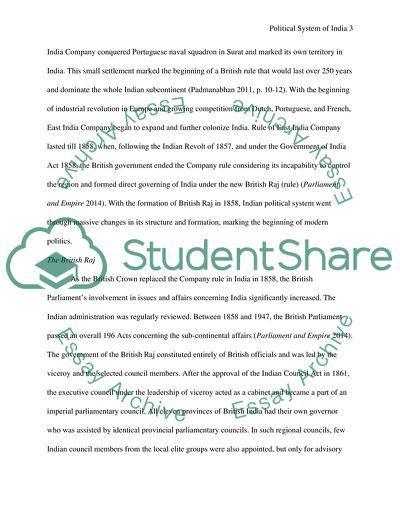Cite this document
(Political System of India Research Paper Example | Topics and Well Written Essays - 3250 words, n.d.)
Political System of India Research Paper Example | Topics and Well Written Essays - 3250 words. https://studentshare.org/politics/1855437-political-system-of-india
Political System of India Research Paper Example | Topics and Well Written Essays - 3250 words. https://studentshare.org/politics/1855437-political-system-of-india
(Political System of India Research Paper Example | Topics and Well Written Essays - 3250 Words)
Political System of India Research Paper Example | Topics and Well Written Essays - 3250 Words. https://studentshare.org/politics/1855437-political-system-of-india.
Political System of India Research Paper Example | Topics and Well Written Essays - 3250 Words. https://studentshare.org/politics/1855437-political-system-of-india.
“Political System of India Research Paper Example | Topics and Well Written Essays - 3250 Words”. https://studentshare.org/politics/1855437-political-system-of-india.


